Computer Vision. This lecture covers a broad range of areas in computer vision: Image Processing, 3D Reconstruction, Object Tracking, Image Understanding, and Image Generation. For instance, we will discuss the underling techniques and associated theory to recover a 3D scene from a set of photographs. A focus of the lecture is to investigate techniques from deep learning, e.g. vision transformers, traditional approaches, e.g. RANSAC, and mixtures of the two, e.g. Differentiable RANSAC. We also introduce the necessary background knowledge, e.g. basic Deep Learning, Image Formation Models, Camera Models, Kalmann Filters, Diffusion Models, etc.
Content:
- Brief Introduction to necessary Machine Learning (incl. U-Net, ResNet, Vision Transformers)
- Basic Image Processing (incl. linear/non-linear Filtering)
- Sparse feature Detection and Description (incl. SIFT and LIFT)
- Projective Geometry, Epipolar Geometry
- Sparse 3D Reconstruction , SLAM and Camera Localization
- Neural Randiance Fields (NERF)
- Robust Matching (incl. Differentiable RANSAC)
- Object Tracking (incl. Particle Filter, Kalman Filter, )
- Object Recognition
- Image Generation (incl. GAN, Diffusion, VAE, Flows)
- Training Data Generation
Formalities:
Teaching assistants (main point of contact): Friedrich Feiden: johann-friedrich.feiden@iwr.uni-heidelberg.de; Zavadski, Denis: denis.zavadski@iwr.uni-heidelberg.de
Registration: Moodle: https://moodle.uni-heidelberg.de/course/view.php?id=21825
Prerequisite: no prerequisites, but it is recommended to have Machine Learning Background, e.g. Fundamentals of Machine Learning or equivalent
Exam: Either oral exam or mini-project (as in last years).
Leistungspunkte: 6 LP
Usability: Physics, MSc., MSc Data and Computer Science, MSc. Scientific Computing
Teaching goals:
The students
- Understand and implement the principles behind estimating 3D Point-Clouds and Motion from two or more images. They are able to apply this knowledge to new tasks in the field of 3D reconstruction.
- Understanding the principles of image processing and image formation. This can be utilized to design an algorithm for camera calibration.
- Have studied various techniques for fast object recognition. This can be used to build an object recognition system for e.g. autonomous driving.
- Understand different approaches for object tracking.
- Have studied methods for conditional image generation. This can be used to build an image generation technique in a new domain, e.g. fashion design.
- Understand and implement methods that combine machine learning-based methods with classical computer vision-based techniques.
- Have studied various state-of-the-art computer vision systems and approaches, and are then able to evaluate and classify new systems and approaches.


